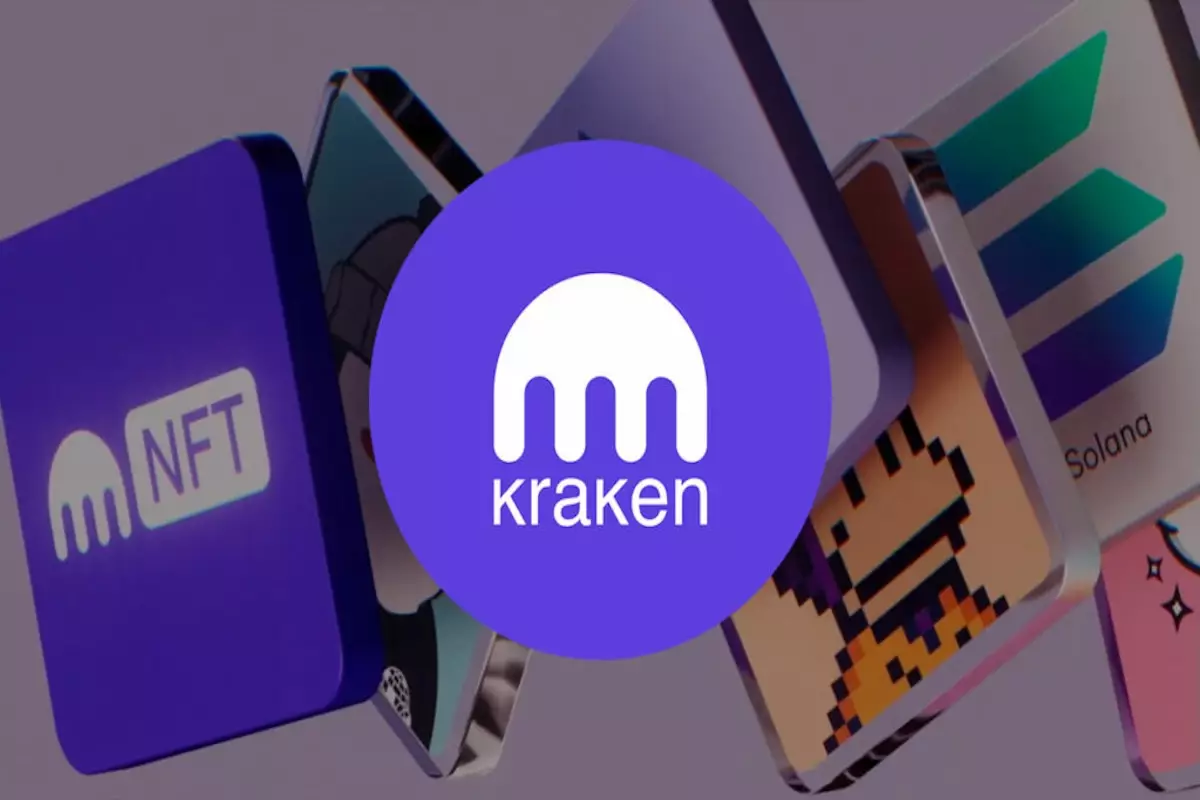Kraken, one of the most prominent players in the cryptocurrency exchange realm, has announced the closure of its NFT marketplace, marking a significant pivot in the company’s strategy. This decision, effective after a three-month withdrawal phase initiated on November 27, stems from a desire to redirect resources towards projects aligned with Kraken’s long-term vision, including the anticipated launch of its own blockchain in 2025. Such a move speaks volumes about the rapidly evolving landscape of cryptocurrencies and NFTs, as companies like Kraken are compelled to adapt to shifting market demands and user preferences.
This strategic redirection is indicative of a broader trend wherein many crypto platforms are reevaluating their offerings and underlying business models. In a marketplace where the volatility of NFT trading has become increasingly evident—evidenced by declining trading volumes since April 2024—the necessity of refocusing efforts is paramount. Although certain NFT projects, including legacy names like CryptoPunks, maintain a foot in the market, the overall stagnation presents a significant challenge for lesser-known and new entrants.
Kraken’s exit from the NFT space also raises questions about the future viability and sustainability of such platforms. The NFT marketplace has been marred by declining trading volumes, often dipping below $200 million per week, indicating a potential crisis of confidence among collectors and investors. The once vibrant allure of NFTs appears to be dimming, and Kraken’s withdrawal serves as a critical reminder of the inherent unpredictability that characterizes the cryptocurrency sector.
While established platforms such as OpenSea and Rarible continue to command significant attention, they too grapple with issues of market saturation and user engagement. OpenSea supports a multitude of blockchains and boasts a vast inventory of NFTs; however, it faces challenges in standing out amidst fierce competition. Meanwhile, Rarible’s decentralized governance model may appeal to creators seeking autonomy, yet it cannot entirely shield itself from the macroeconomic factors influencing market dynamics.
As Kraken winds down its NFT marketplace, it presents its users with vital decisions and potential opportunities. Collectors will need to act swiftly to transfer their NFTs to a secure location—the options include Kraken’s own wallet or a self-custodial alternative. They are encouraged to explore other established marketplaces such as OpenSea and Rarible, which offer robust ecosystems for buying, selling, and trading unique digital assets.
Additionally, the closure may spark a wave of innovation across competing platforms. New entrants could seize the opportunity to differentiate themselves with cutting-edge features and enhanced user experiences that could attract discontented Kraken customers. The competition may fuel advancements in security, usability, and value propositions, ultimately benefiting collectors and creators who seek more engaging platforms.
Kraken’s decision underscores the necessity for NFT marketplaces to adapt continually to their environment. For survival in this tumultuous space, they must prioritize several factors: adapting to user preferences, ensuring robust security measures, and simplifying the trading process. The emergence of new technologies, such as Kraken’s blockchain initiative, indicates that innovation will play a crucial role in the growth of the sector.
The winding down of Kraken’s NFT marketplace is not merely the ending of one segment; it symbolizes an industry at a crossroads. As the NFT terrain evolves, stakeholders—collectors, creators, and marketplace operators alike—must remain agile and proactive. Only by embracing change and fostering innovation can they navigate the complexities and challenges the NFT landscape poses.
While Kraken’s strategic reprioritization brings challenges, it could also act as a catalyst for greater innovation and competition within the NFT space. The next few years will reveal which platforms can effectively adapt and thrive amid these evolving dynamics, shaping the future of NFTs and digital assets in profound ways.

